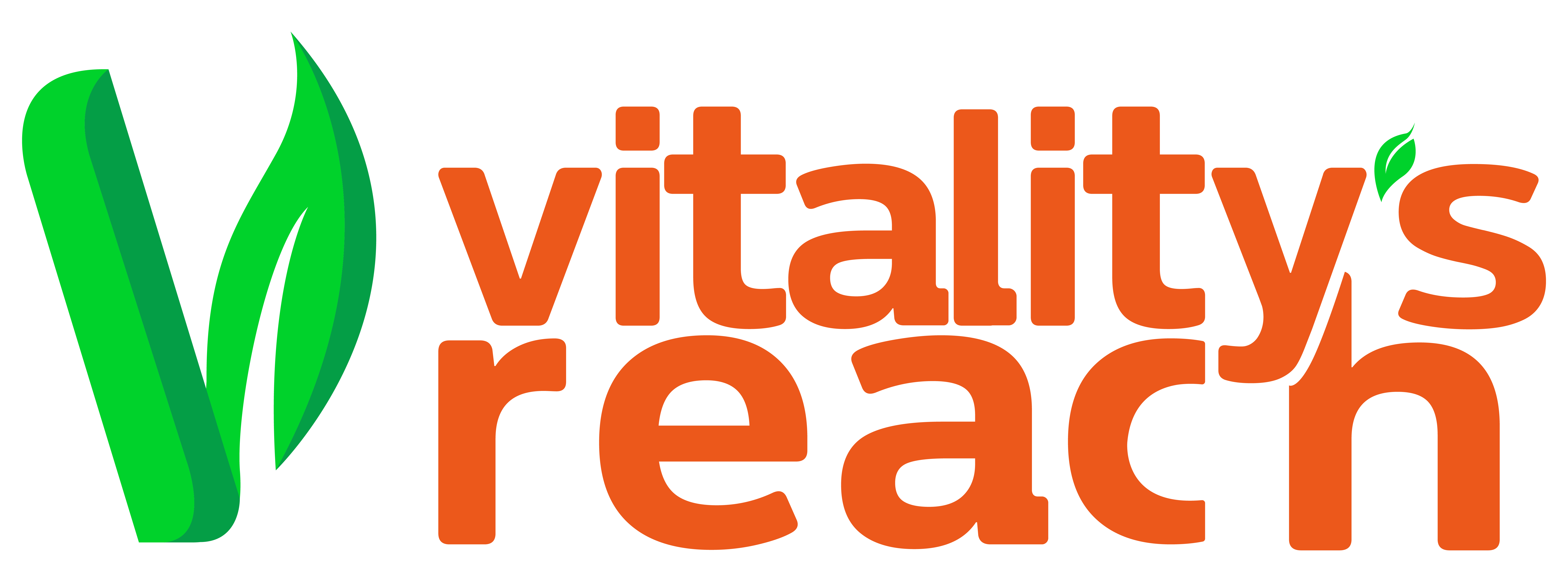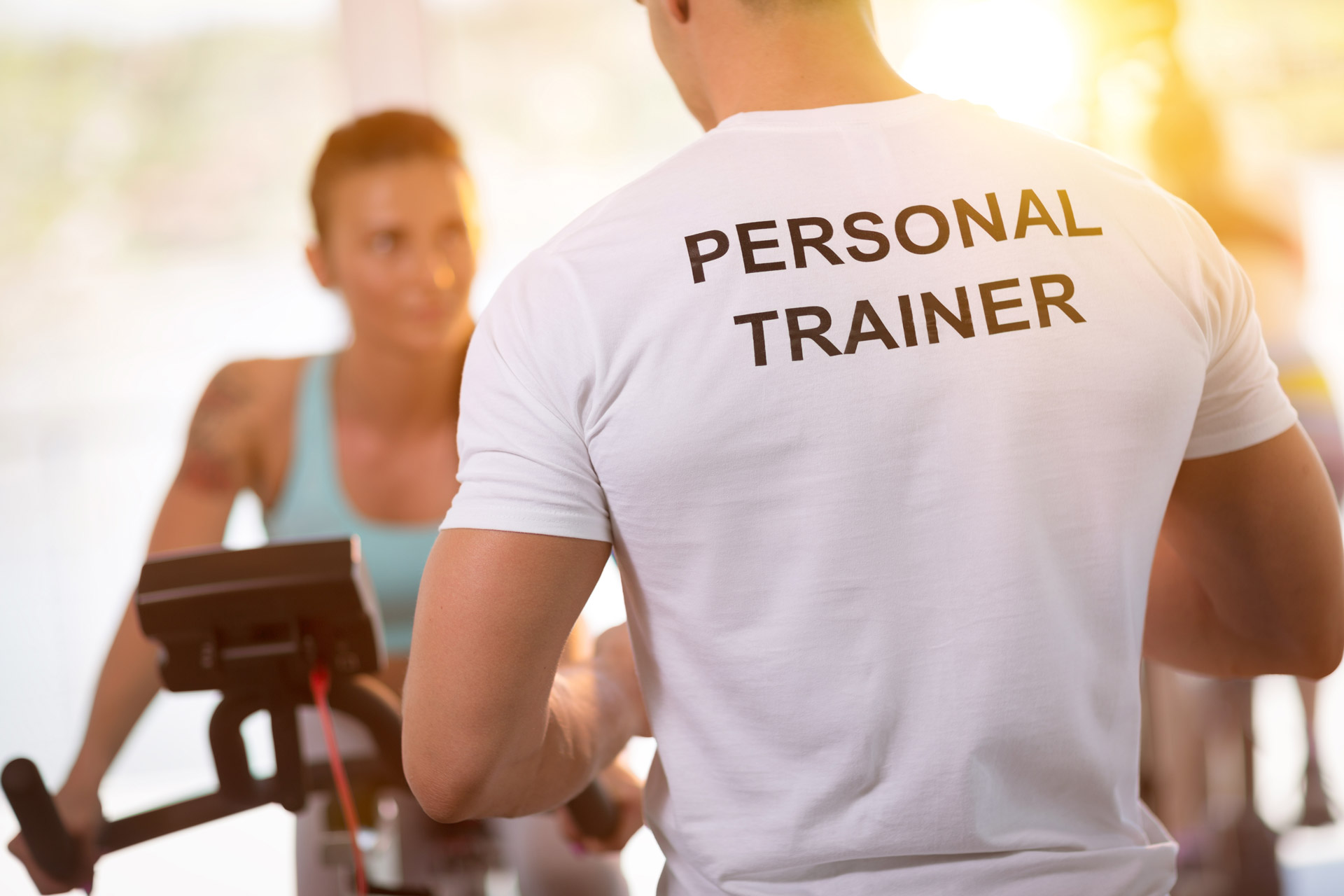Is it running? Walking? Crossfit? Pilates? Bootcamp yoga?
Ok. I made that last one up.
This is a question I seem to get a lot. Unfortunately I don`t have an answer – exactly.
How’s that for me taking the easy way out?
Let me try to explain. First we need context.
Client A is a 78 year old female with 2 hip replacements and is on medication for high blood pressure and statins. She also lives on the 3rd floor of a building where the elevator is out of service frequently.
Client B is a 29 year old male wanting to play in a competitive hockey league after a 7 year layoff when he played University hockey.
Client C is a 40 year old mother of 3 who is now 75 pounds heavier than when she was 30 and has no history of vigorous exercise.
As you can see these 3 individuals are likely different in their physical ability, goals and have varying levels of current conditioning. When these individuals say, “I want to get in shape” it will mean three different things. This can be where the coach/trainer can and should be of assistance.
The correct answer must take the goals, injuries, exercise history, level of motivation, time, and ability all into consideration.
The suitable answer to the question of best exercise just may be, “the one you enjoy doing the most.”
This is definitely not the answer to those who believe progress must come with the twins of, Pain and Suffering. This cultural belief that, “No Pain No Gain” still has a solid foot hold in the world of fitness.
ADHERENCE
“Why do something you enjoy”?
“Isn’t it supposed to hurt?”
“If you are not hurting you are not working hard enough!”
The above recommendations are inescapable in the fitness world.
Hiring a trainer also doesn’t automatically bring you to the promised land.
Everyone knows it should be a dictator relationship with trainer/client. (eye roll)
The attrition rate is the main reason people don’t reach their goals.
50% of gym goers dropout after the 6 month mark and 67% never use their membership
Will participating in an exercise that you enjoy have you counting the milli-seconds on the gym clock?
Wouldn’t overall compliance be dramatically increased?
Finding exercise that you enjoy more than a root canal is likely to accomplish more than the best designed program that lasted only 3 weeks.
Be cognizant whether group exercise is your thing. Many enjoy the comradery of group training and the feeling of belonging to a tribe. If you feel the need to beat your friend or another ‘challenger’ in the class to bring competition and compliance then so be it.
Hopefully the sense of competition in the group is healthy and positive reinforcement exists.
As you know exercise can be more than just a physical benefit. The phycological side of exercise is rarely mentioned but can go a long way in someone’s health and outlook on life.
Don’t fall for the more is better mentality.
Shows like The Biggest Loser have really damaged the perception of what appropriate training should look like.
After exercise there should be a sense of accomplishment and increased sustained energy. You shouldn’t feel like you just went 12 rounds in the boxing ring and fantasies of 14 hour naps shouldn’t be part of your thought process.
I probably should be promoting hiring of a trainer and have them go medieval but why do something you hate?
Don’t get me wrong – there are plenty of great reasons for training hard. However, if each minute feels like nails across a chalkboard then forget it. Go hiking, swimming, biking or just get a dog so it encourages regular walking. We tend to enjoy doing what we are good at so playing a sport is a great option. Don’t narrow your focus to think exercise has to include dumbbells, benches and loud grunting.
Ever hear someone complain about feeling worse after a walk? Doubtful.
Obviously the 29 year old male I mentioned earlier needs to do more than just walk to be prepared but this goes back to goals, motivation and ability.
As I previously mentioned – get clear on realistic, attainable goals. Cherry picking a workout from a fitness magazine or mobile app is playing the gamble game.
If you are not overly enthusiastic about weight training but love the results then find a compromise. Train at home, train with a buddy who will not only motivate but also serve as a distraction from the process. If that is not realistic then find an activity around the house or garden that requires you to get the heart rate elevated for short bursts like a push lawnmower.
Anchor your reasons to what’s important in your life. If it’s family then ask how will this improve my family life? Check out my post on motivation.
Make your decisions based on interests, level of motivation, professional advice, and goals. Make it an activity that you can incorporate into your lifestyle for the long term.
Consistency and Persistence will win most of the time.
In summary:
Don’t jam a square peg into a round hole. In other words: Don’t force yourself into an activity you despise.
Remind yourself why you are doing it.
Just move. Do something you enjoy everyday.
Rinse and rep




